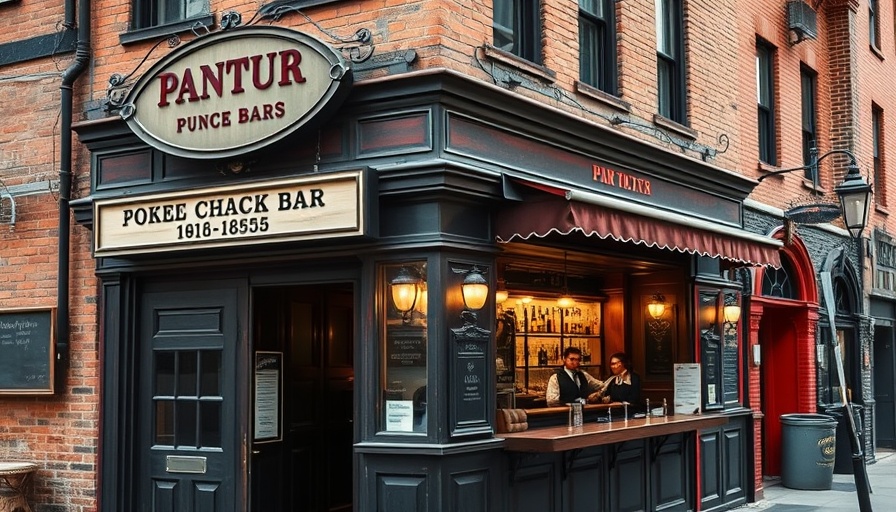
Historic Compromise in Little Italy: A Breakthrough in Housing and Community Preservation
In a surprising turn of events on June 23, 2025, New York City Mayor Eric Adams and Council Member Christopher Marte made an announcement that struck both residents and city officials with disbelief: the Elizabeth Street Garden, a cherished community green space in Little Italy, has been saved. This landmark decision not only preserves an essential urban oasis but also guarantees more affordable housing for seniors, showcasing a rare instance of harmonious compromise in the often contentious arena of urban development.
A Back-and-Forth in Urban Politics
The path to this victory was anything but straightforward. For years, the garden faced the looming threat of redevelopment after New York's highest court ruled in June 2024 that the city could sell the property for $1 to developers. The garden, valued at approximately $40 million, was near the brink of being transformed into a housing project that many community members vehemently opposed.
But Marte's deft negotiation skills found a middle ground. Coupled with Deputy Mayor Randy Mastro's motive of reinforcing Mayor Adams’ political standing, the plan struck a balance: while the garden remains intact, a new site at 22 Suffolk Street will be developed for senior housing. This alternative proposal uplifts the community’s needs while addressing the crisis in affordable housing for seniors, a demographic that has been increasingly marginalized in a rapidly gentrifying city.
The Community’s Voice in Urban Planning
This deal reflects a growing recognition of the importance of community input in urban planning. It also sets a precedent for future negotiations where the interests of the community can be honored alongside the pressing demands for housing. Residents of Little Italy, known for their vibrant cultural heritage, were not merely passive witnesses but active participants in the decision-making process, a fact that amplifies the significance of this moment.
Looking Ahead: What This Means for New York
The successful preservation of the Elizabeth Street Garden may herald a shift in how urban development is approached in New York City. Can this model of cooperation and community-centered planning be replicated elsewhere? As cities nationwide grapple with similar dilemmas concerning space and housing, the lessons learned from Little Italy can resonate far beyond its borders.
This historic deal serves as an inspiration for those engaged in balancing urban growth with community integrity. For lawyers, accountants, and medical professionals alike, understanding the implications of such negotiations is crucial as urban living dynamics evolve. Staying informed can empower professionals to advocate for both sustainable development and community preservation.
Call to Action: Join the Conversation
As New York continues to navigate its path towards responsible development and community engagement, consider reaching out to local representatives. Add your voice to the dialogue regarding urban planning decisions. Understanding and participating in these processes is essential in shaping the future of your surroundings. Advocate for policies that reflect both growth and preservation for a thriving urban landscape!
 Add Row
Add Row  Add Element
Add Element 



Write A Comment